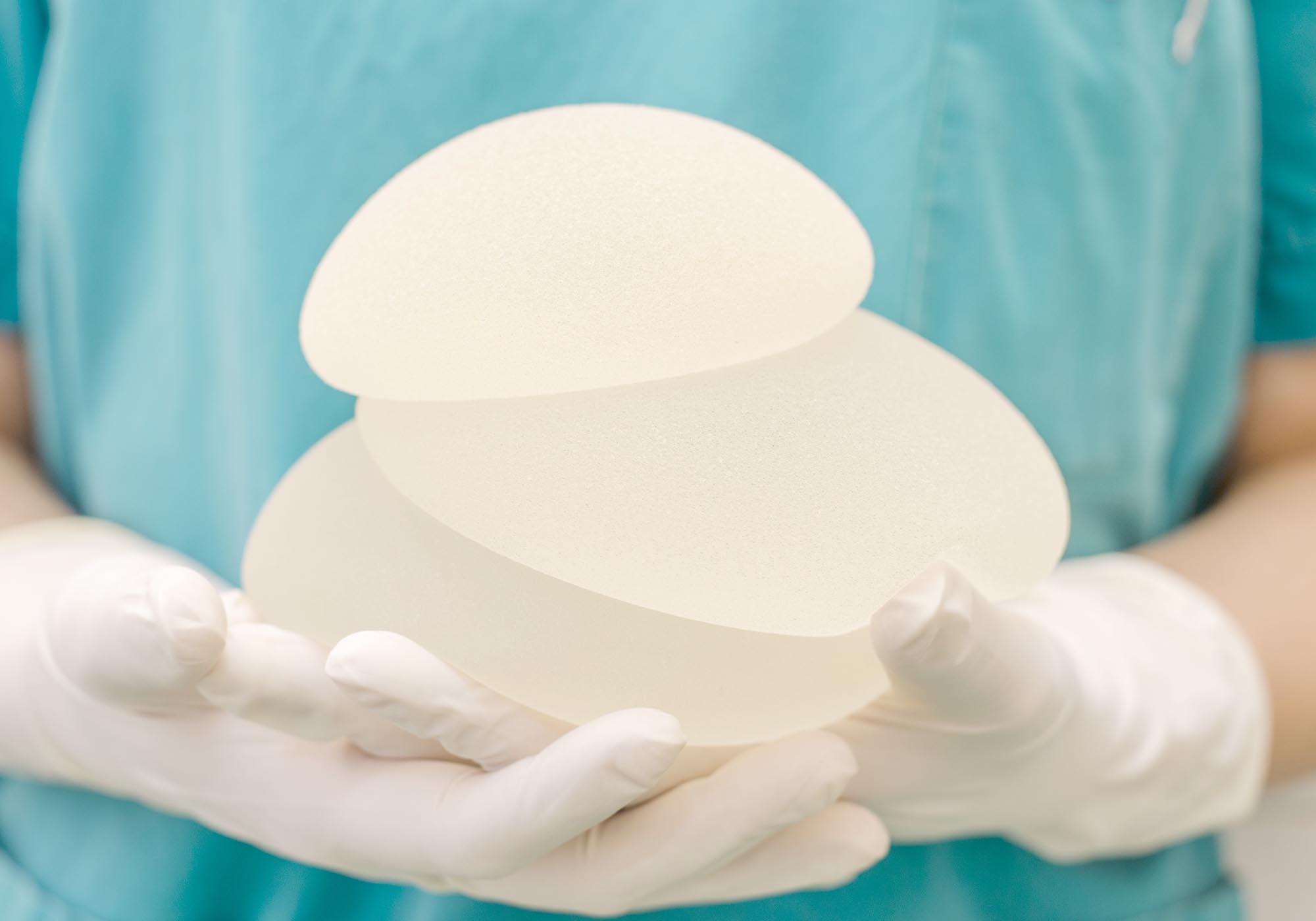Once you’ve made the decision to undergo a breast augmentation, it’s time to dive into the details—and choosing the size of your implants is a crucial one. First and foremost, remember that the choice is yours and yours alone. “Breast aesthetics are entirely personal. There are no set rules about what size implants are best for what body, so be wary of any plastic surgeon who tells you what size you ‘should’ be,” says Dr. Kelly Killeen, a board-certified plastic surgeon in Beverly Hills, California. “At the end of the day, most women can get a beautiful augmentation that fits their chest and body, no matter what size implant they want.” So what’s the best way to determine how big you should go? Ahead, five things to keep in mind when choosing the size of your breast implants.
1. Don’t get hung up on CCs or cup sizes
Implants are measured in cubic centimeters (CCs), a measurement of the volume they hold. “It’s hard to translate CCs into cup sizes, but generally speaking, 100–200 CCs is equivalent to about one cup size,” says Dr. Killeen. That being said, it doesn’t make sense for patients to hone in on CCs, because there are so many other factors that contribute to how big or small the implant will ultimately look, points out Dr. Ellen Janetzke, a board-certified plastic surgeon in Bloomfield Hills, Michigan. “So many patients come in and say, ‘I want 350 CCs, because that’s what my friend got.’ But think of it this way: If your friend bought a great pair of shoes that you also wanted, would you automatically buy them in the same size she did?”
Similarly, both doctors say that thinking in terms of cup sizes isn’t particularly helpful either. Bra sizing varies from brand to brand; many women are wearing the wrong size bra and don’t even know what an A, B, or C cup breast actually looks like. You really need to think about size in terms of how you want your breasts to look rather than being married to some set measurement metric, advises Dr. Janetzke.
2. Rely on photos
Showing your doctor photos of breasts that you like can be hugely helpful. “Lots of people tell me they want a ‘natural’ look but then show me a photo of a Victoria’s Secret model with large breasts in a push-up bra,” says Dr. Janetzke. Dr. Killeen agrees, noting that what you deem as natural or large may be very different from what the doctor considers as such. Use visuals, to ensure you’re on the same page.
Related: Silicone vs. Saline Breast Implants? 5 Things to Know About Picking the Right Type for You
3. Do a test run
Both doctors cite digital imaging technology as a very helpful asset that can help you get a pretty good visual representation of what a certain size implant will look like. Dr. Killeen, who uses the Vectra XT 3D Imaging System, notes that most plastic surgeons who do breast augmentations will have some type of tool that can virtually impose different-size implants onto a patient’s photo.
Most offices also have sizers on hand, essentially dummy implants that you can put in your bra, over your natural breasts, to mimic the end result, though you can also create your own version of these at home, says Dr. Killeen. “Use a measuring cup to measure out dry rice in the volume you’re considering and pour it into a plastic bag. Stick that around your bra and mold it around your breast,” she suggests. While this is by no means a perfect science or exact representation, it’s a way for you to walk around with your “new breasts” for a day or so and see how the size looks in various pieces of clothing.
4. The profile and width of the implants play a huge role
As mentioned, it’s not just the volume of the implant that dictates the end result. Implants come in different widths, which can very much affect how big or small they look, says Dr. Janetzke. The profile, an indication of how far the implant projects off your chest, also plays a role; there are several available, ranging from low to ultra-high. “The same 300 CC implant can look entirely different, based on the profile,” says Dr. Killeen. Lower profiles tend to appear more natural, since a natural breast doesn’t project that far forward. On the flip side, higher profiles tend to make for a fuller, bigger-cup-size effect, even with lower volumes, she explains. This is also where considering your height, weight, and stature comes into play; for example, a higher-profile implant is always going to look much more obvious on someone with a very small frame, Dr. Killeen says.
5. When in doubt, go bigger
“The number-one complaint I hear post-surgery is ‘I wish I had gone bigger,’” says Dr. Janetzke. Dr. Killeen agrees: “If you’re on the fence between two sizes, go for the larger one, especially if the difference is minimal. It takes at least 100 CCs to really notice a difference. If you’re debating between 300 CCs and 325 CCs—I could put one in one breast and one in the other and you’d never be able to tell.” Ideally, you’ll settle on a rough size with your doctor, who will order a few different implants within that range and then choose the one that best fits your chest during the surgery, she explains.











